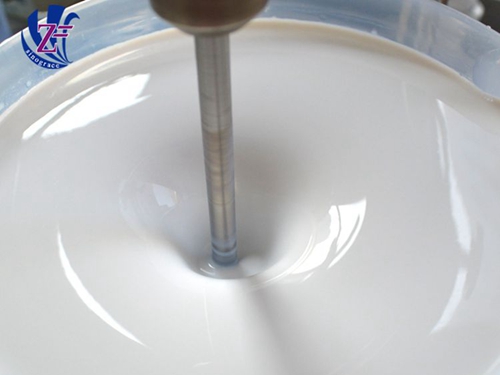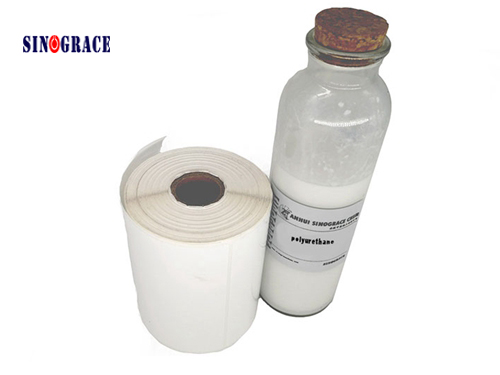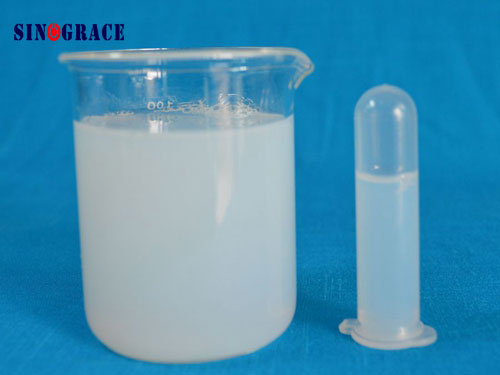Introduction and application field of waterborne polyurethane waterproof coating
Environmentally friendly water-based polyurethane waterproof coating is two-component,The component A is an isocyanate-terminated prepolymer obtained by polycondensation of polyether and isocyanate, and the component B is a colored liquid composed of a plasticizer, a curing agent, a thickener, a coagulant, and a filler.After use, the two components of methyl and ethyl are evenly mixed according to the ratio, and they are painted on the surface of the waterproof base layer, and a chemical reaction occurs, which penetrates into the pores inside the base material and fuses with the base material to form a layer of crystalline and dense waterproof. The anti-corrosion layer closes the water passage and infiltration, and achieves waterproof and anti-corrosion effects. Polyurethane resin can be used to increase the carcass reinforcement treatment in areas where flooding, expansion joints, culverts, etc. are extremely important or require special treatment. After completion, it can be used as a protective layer or other covering layer.If the base surface is too dry, it can be sprayed with water to moist and no clear water. After spraying, it will be more effective after curing.Applicable to national key projects and general waterproofing projects, such as roofing, colored steel tiles, balconies, basements, civil air defense works, kitchens and bathrooms, culverts, tunnels, bridges, pools and other projects. Anti-corrosion of tunnels and other projects, and bonding of wooden floors, cement boards, asbestos products, glass steel products, ceramic products, floor tiles, etc., can also be used for caulking materials of building structures, floor heating, porcelain tiles and cement flooring And floor professional waterproof treatment.
read more

 English
English français
français русский
русский español
español العربية
العربية








